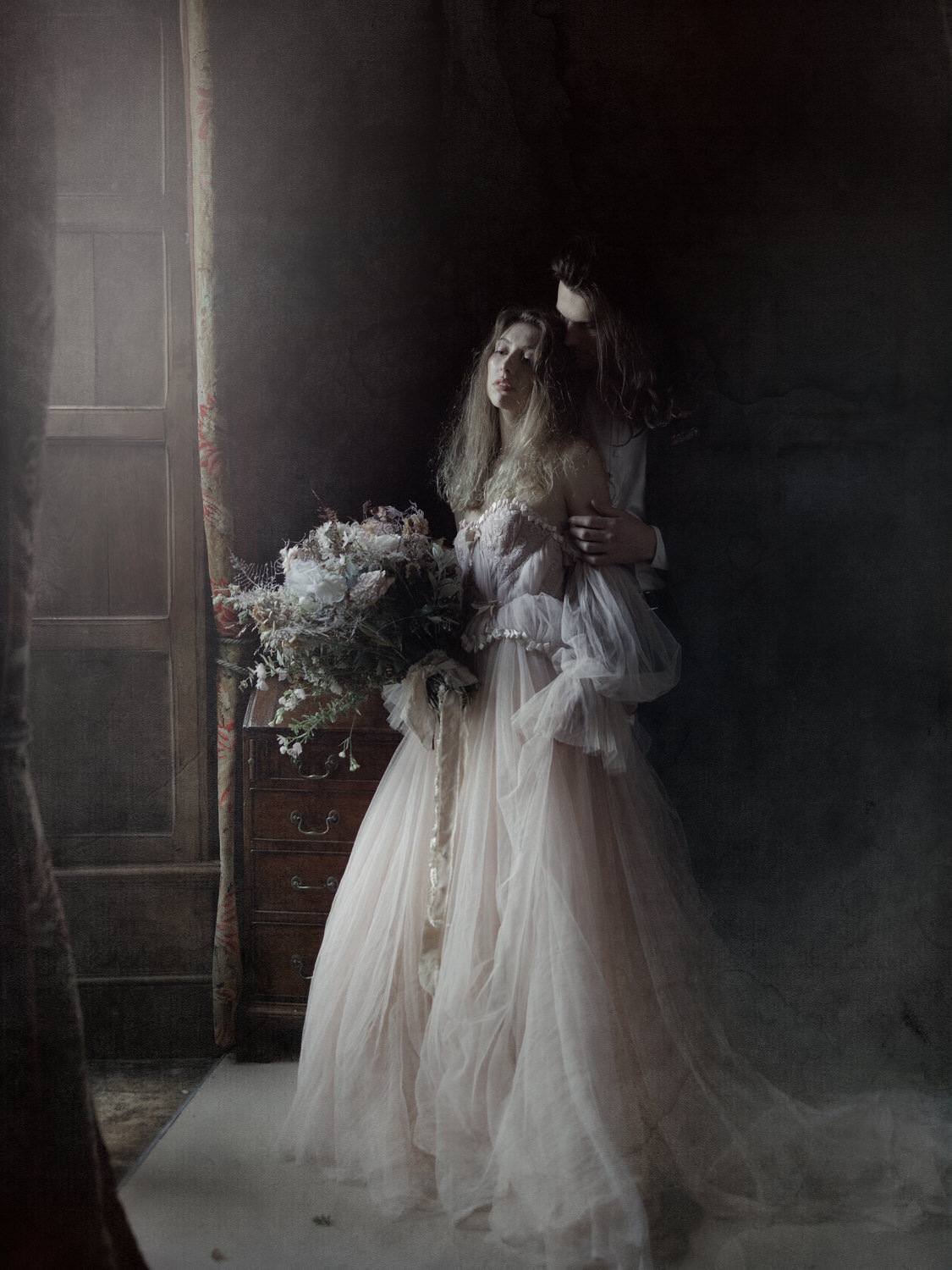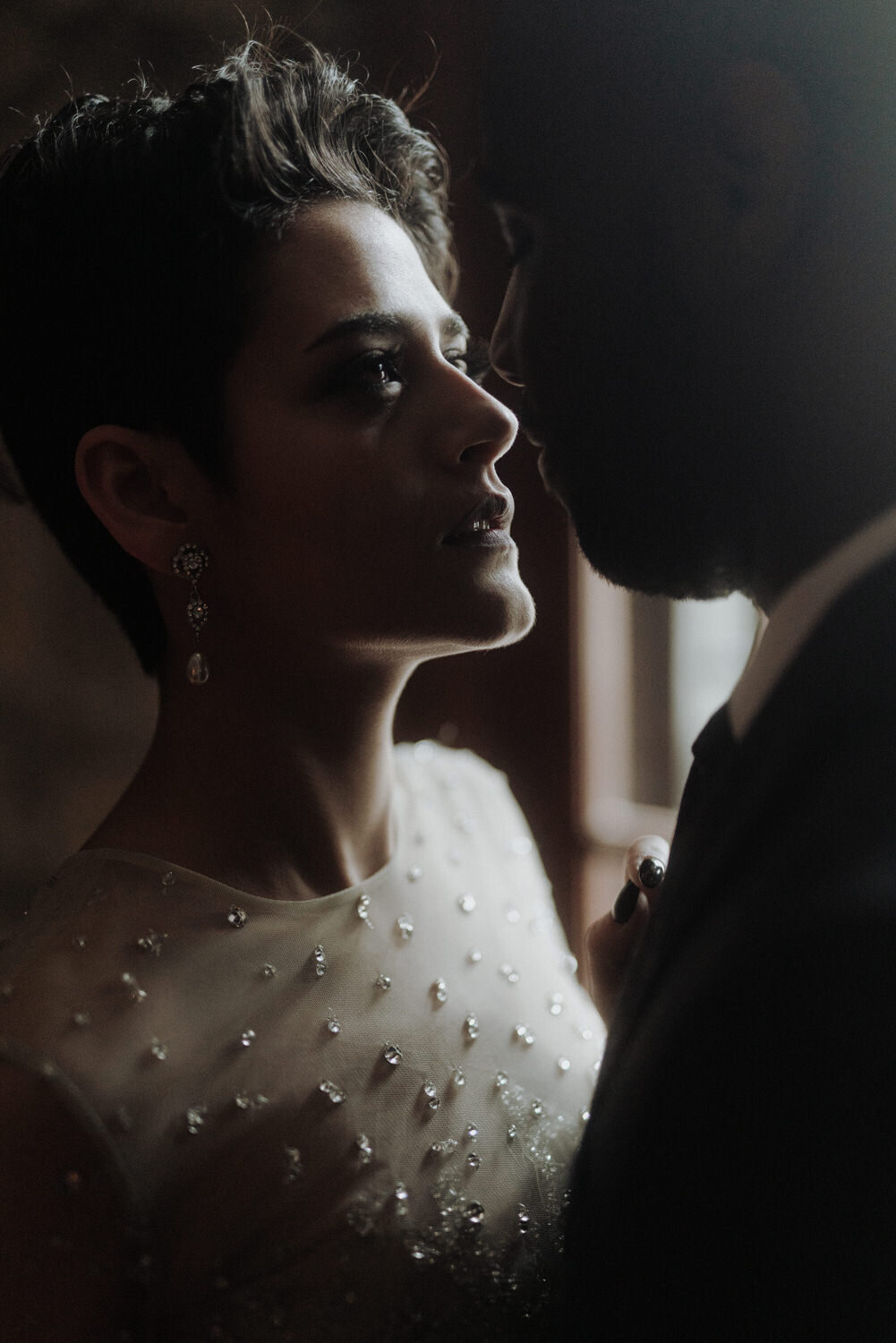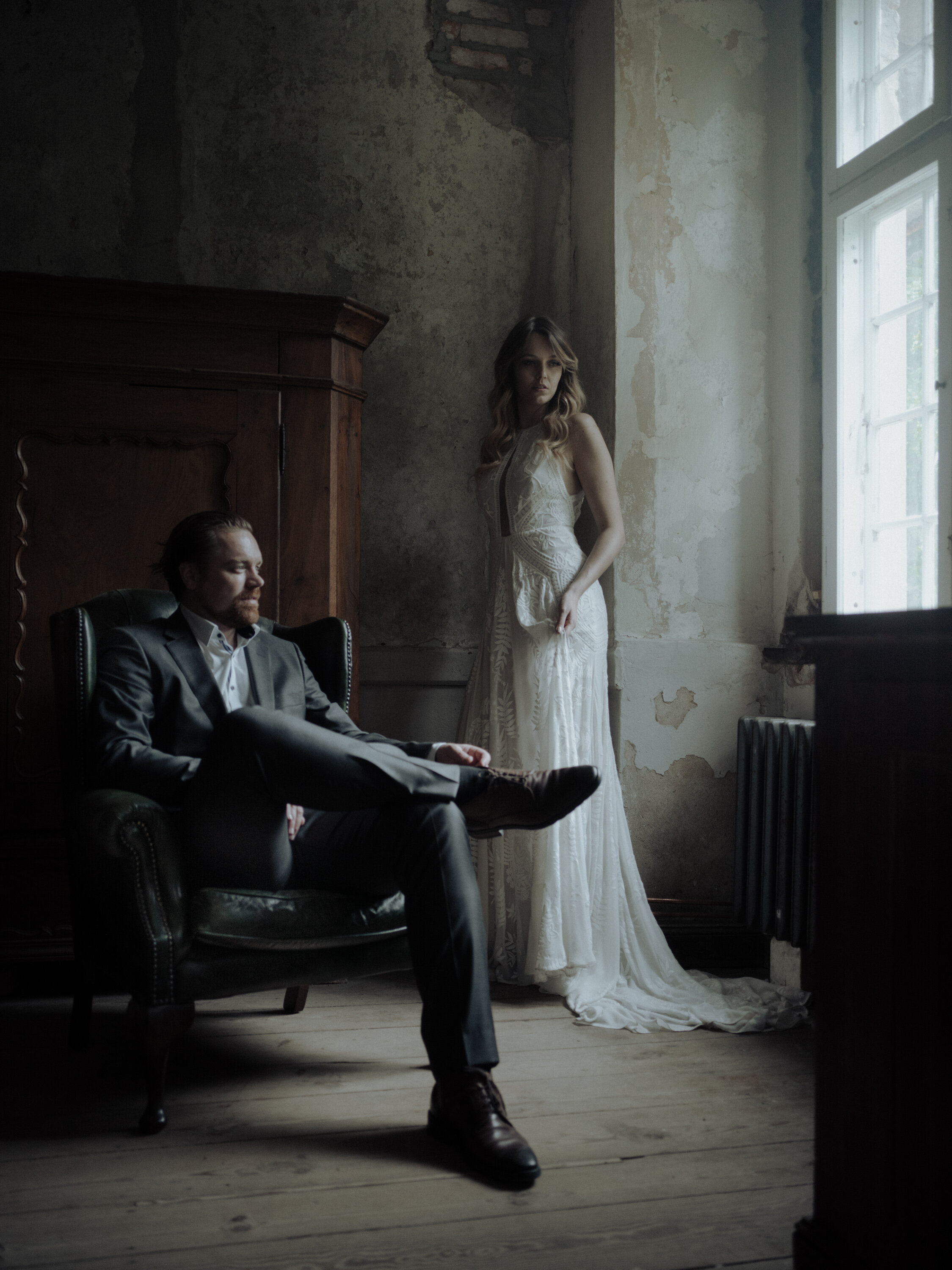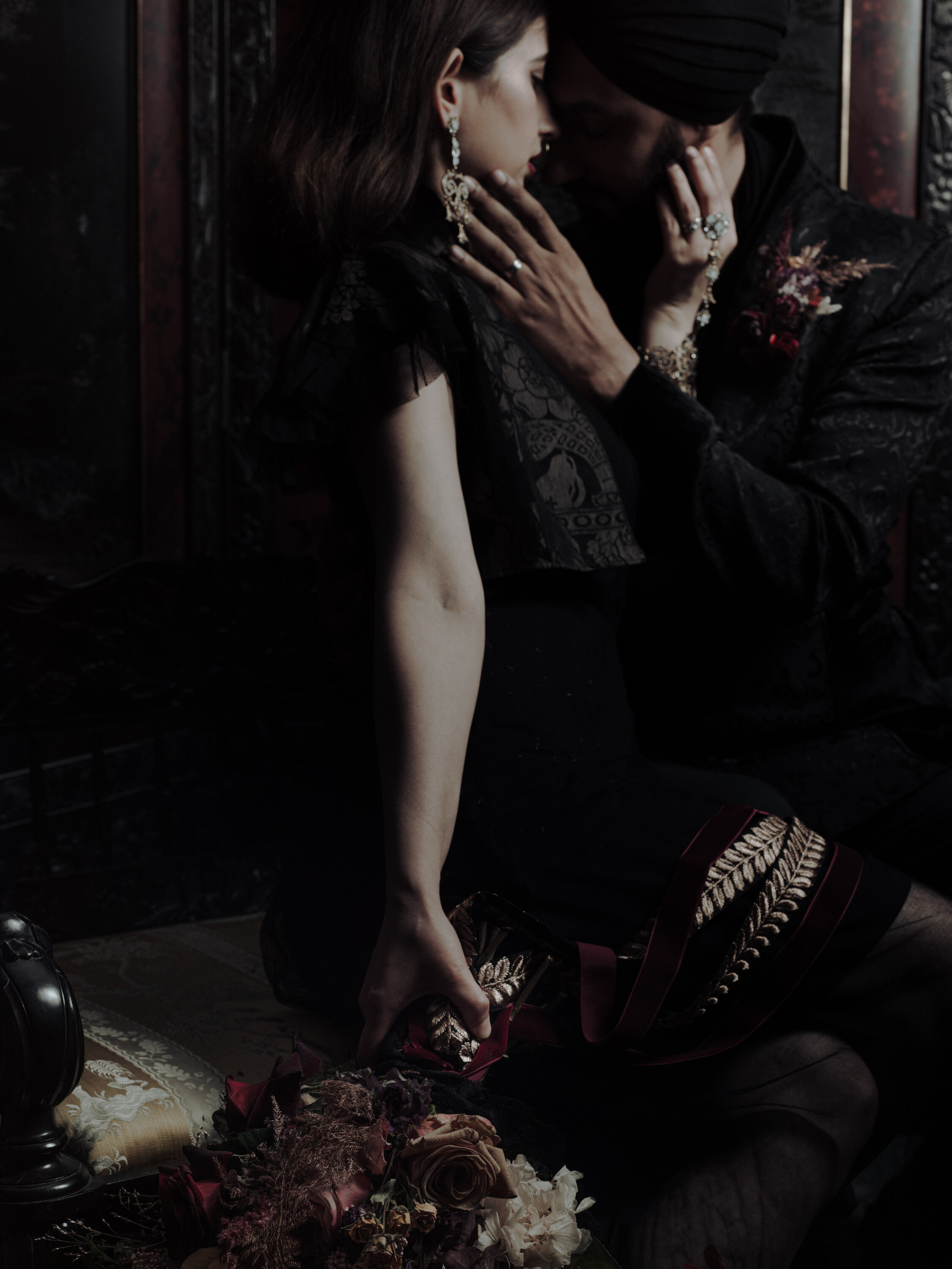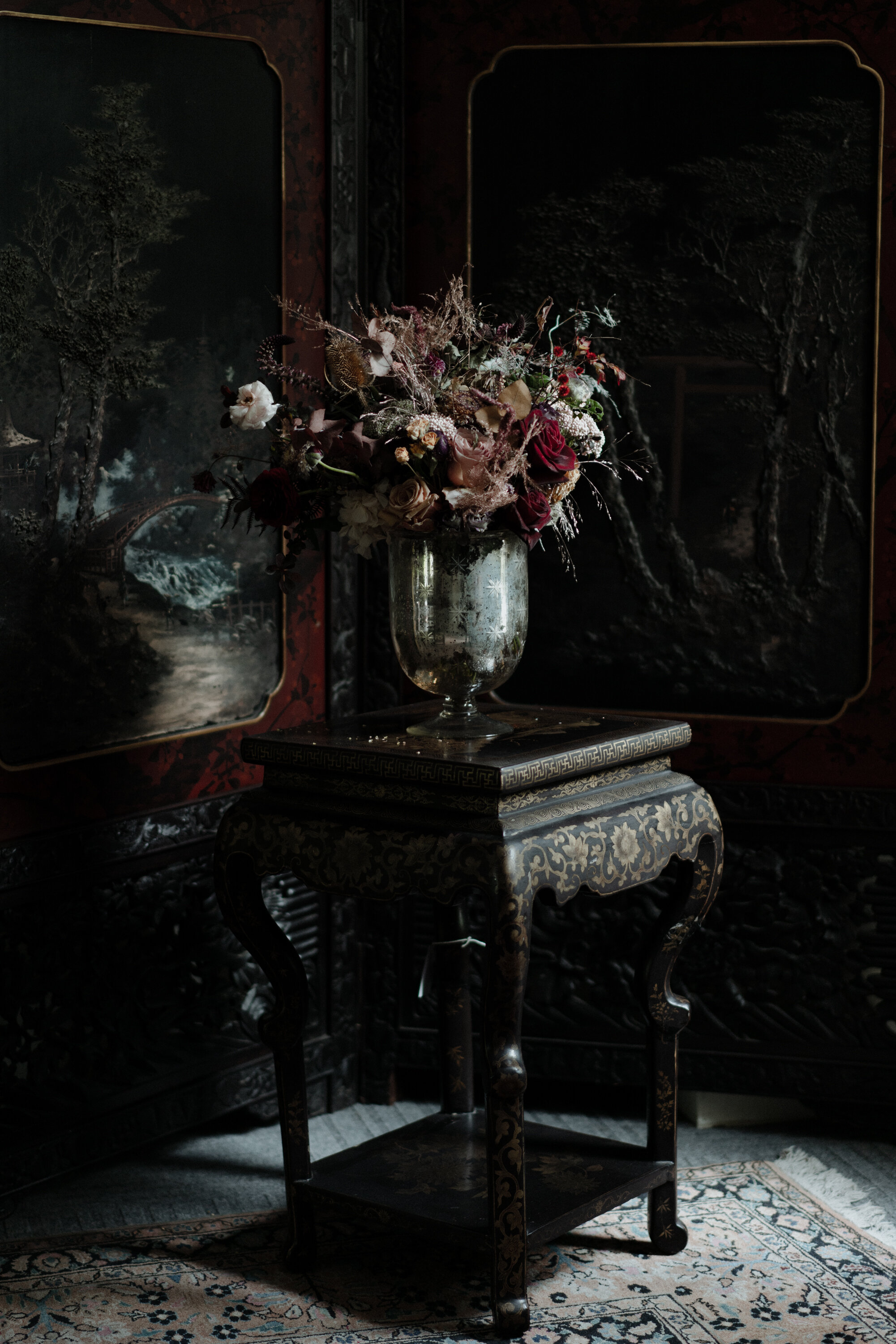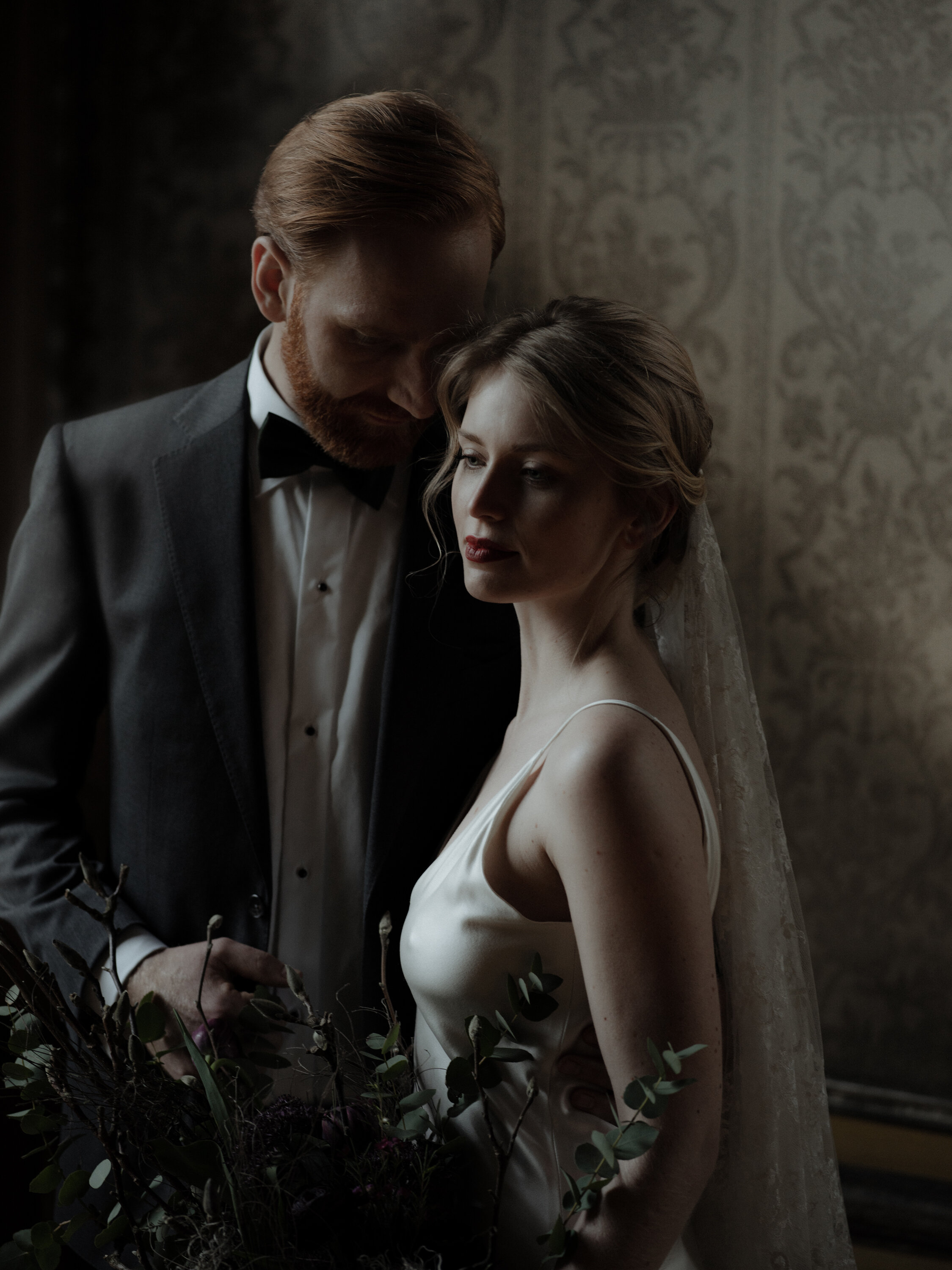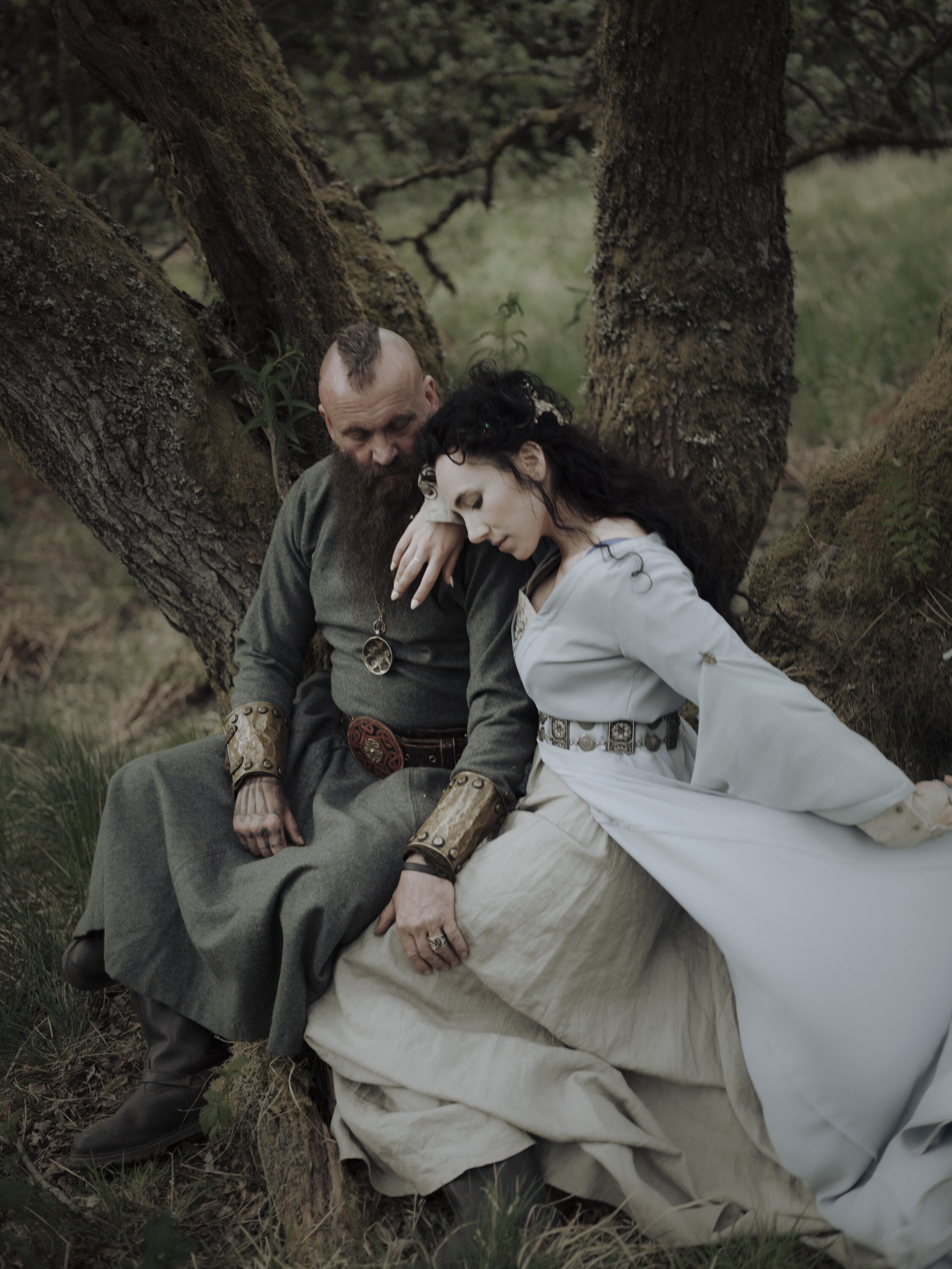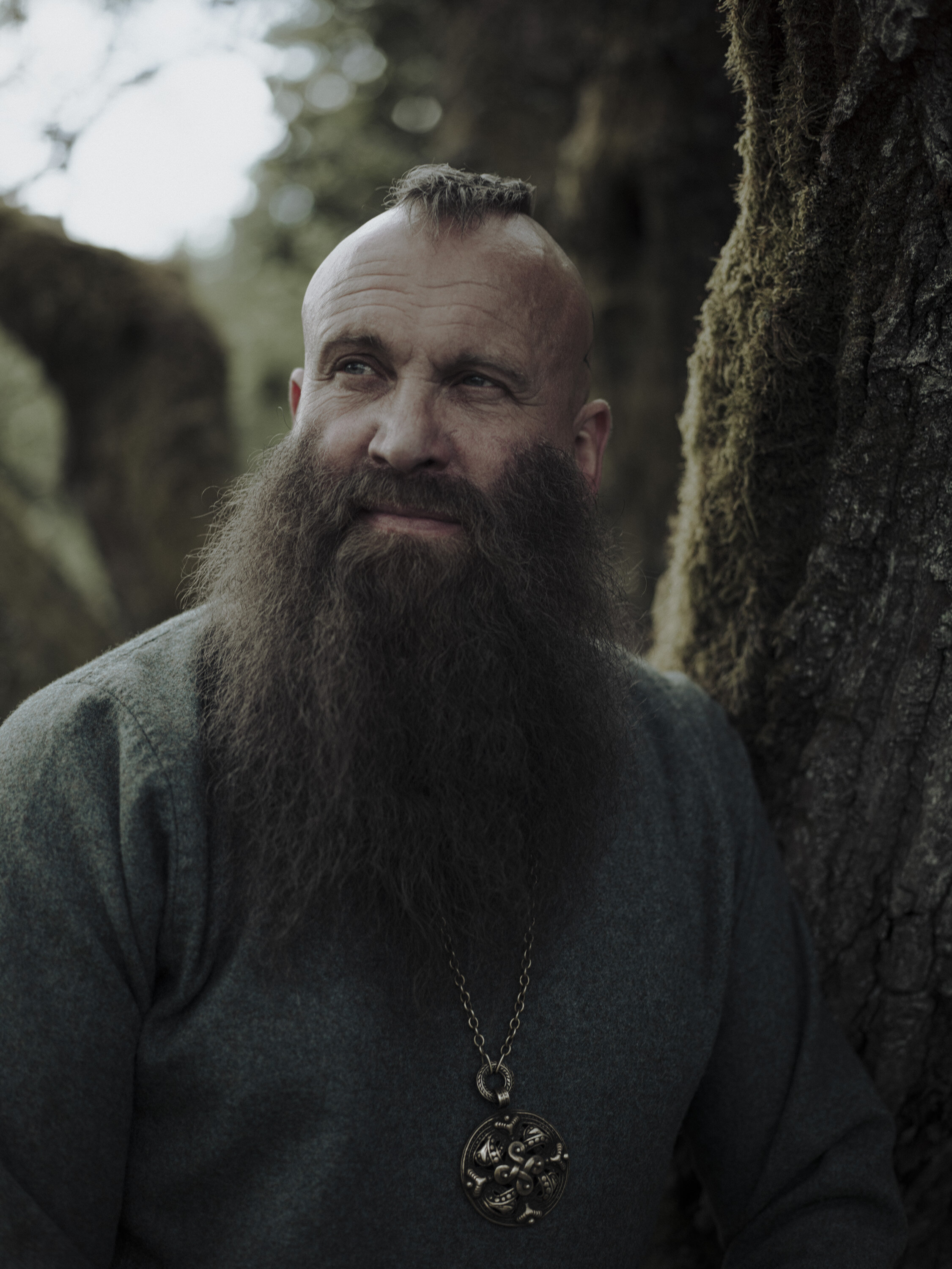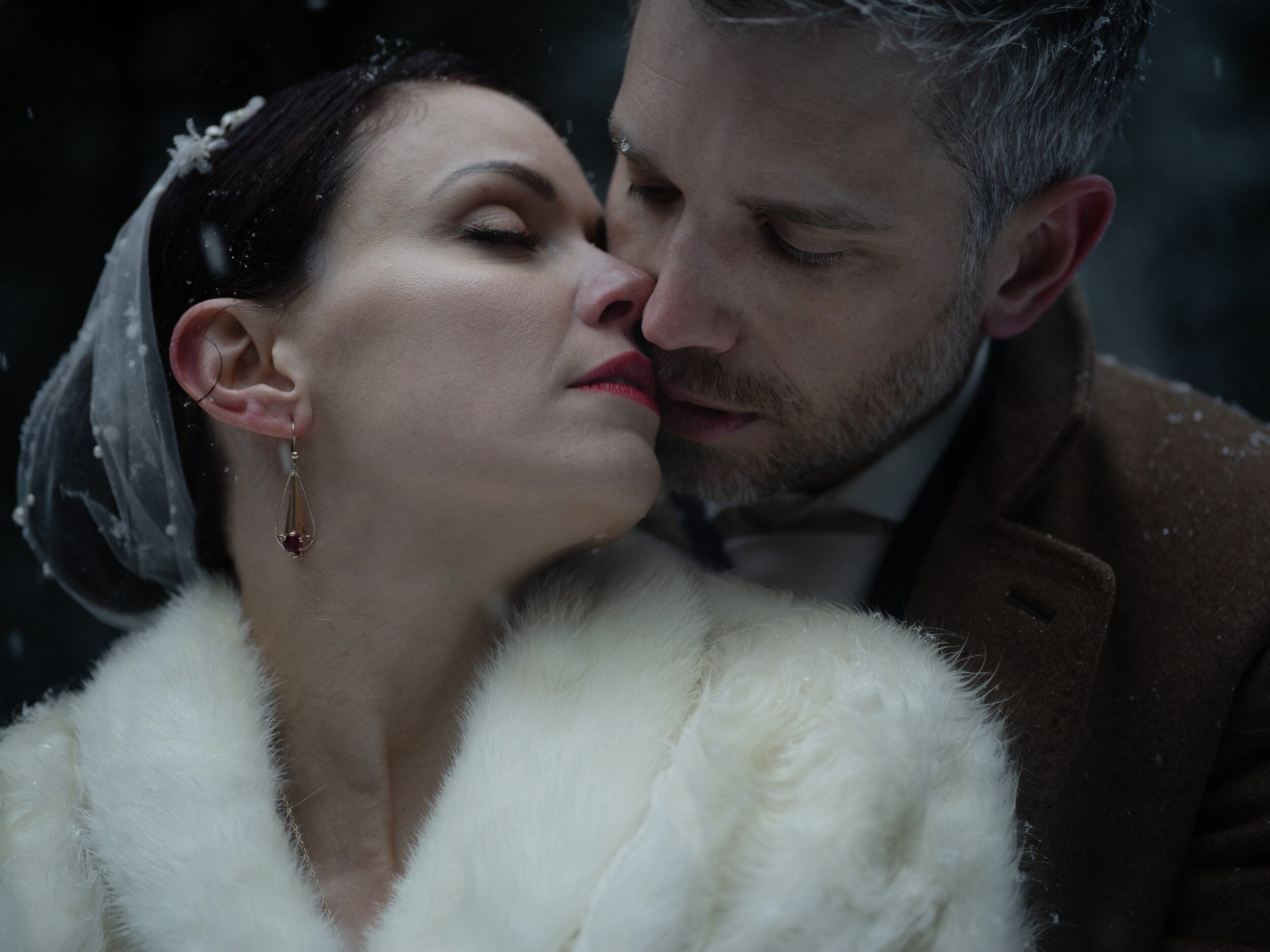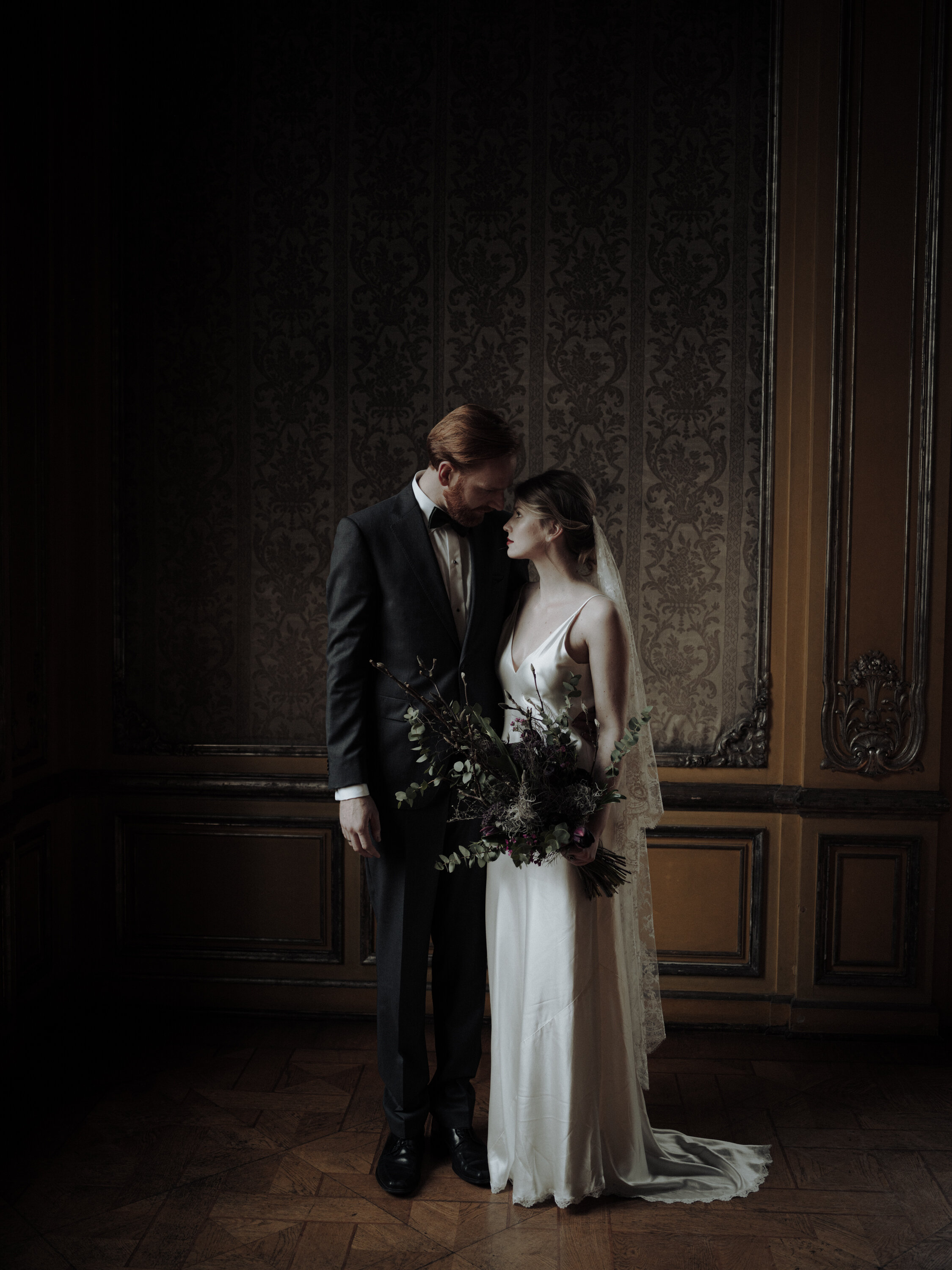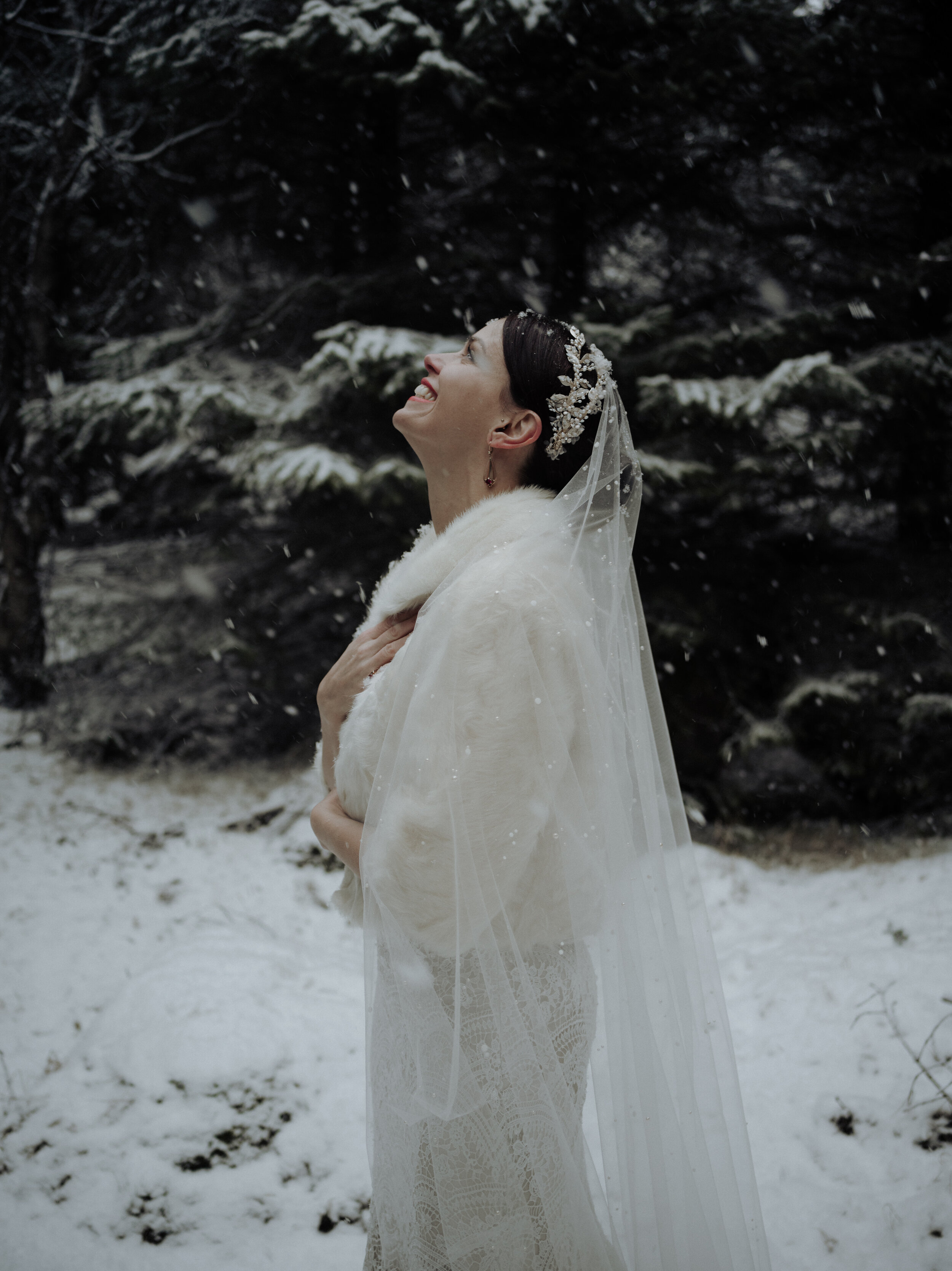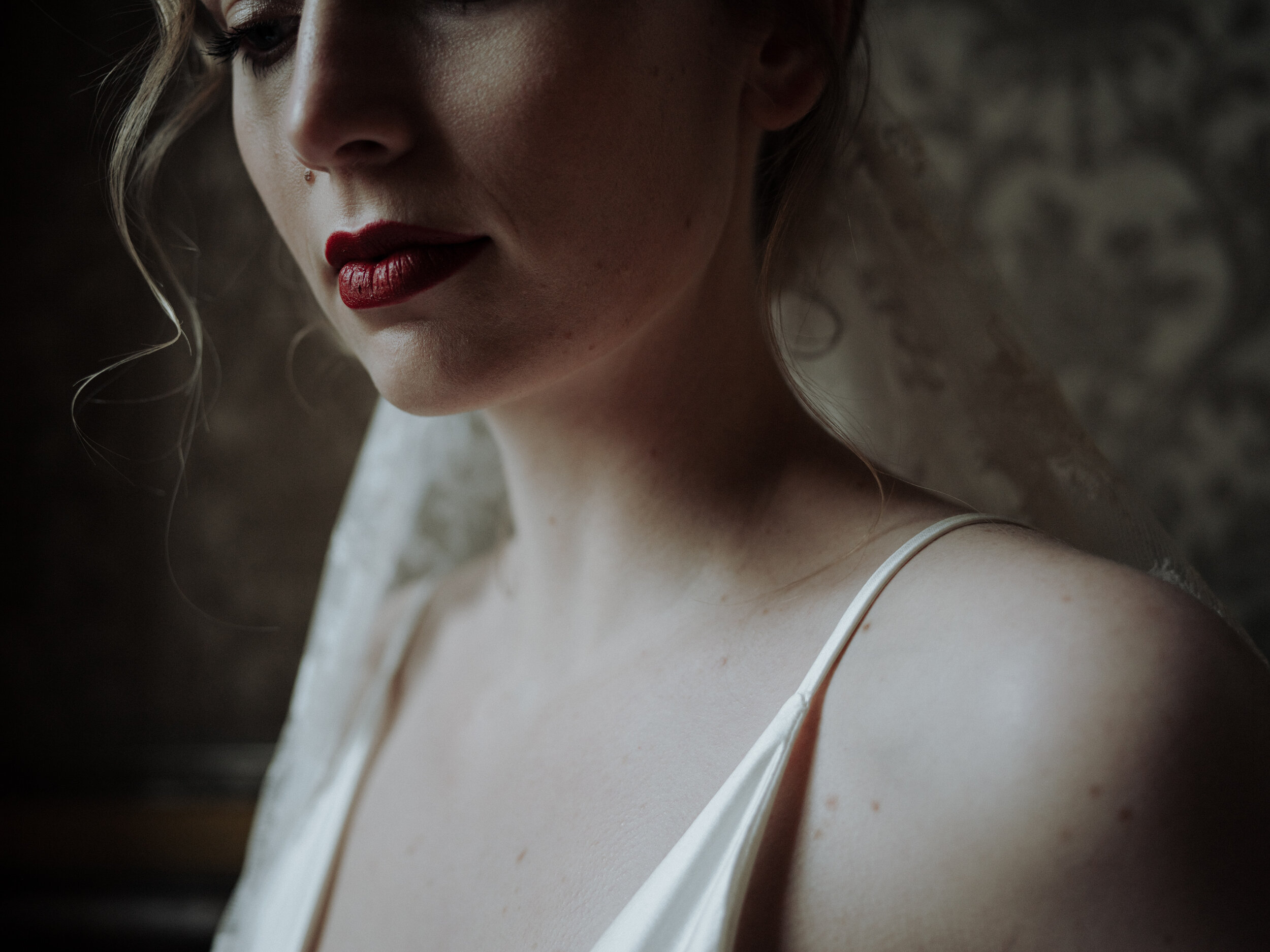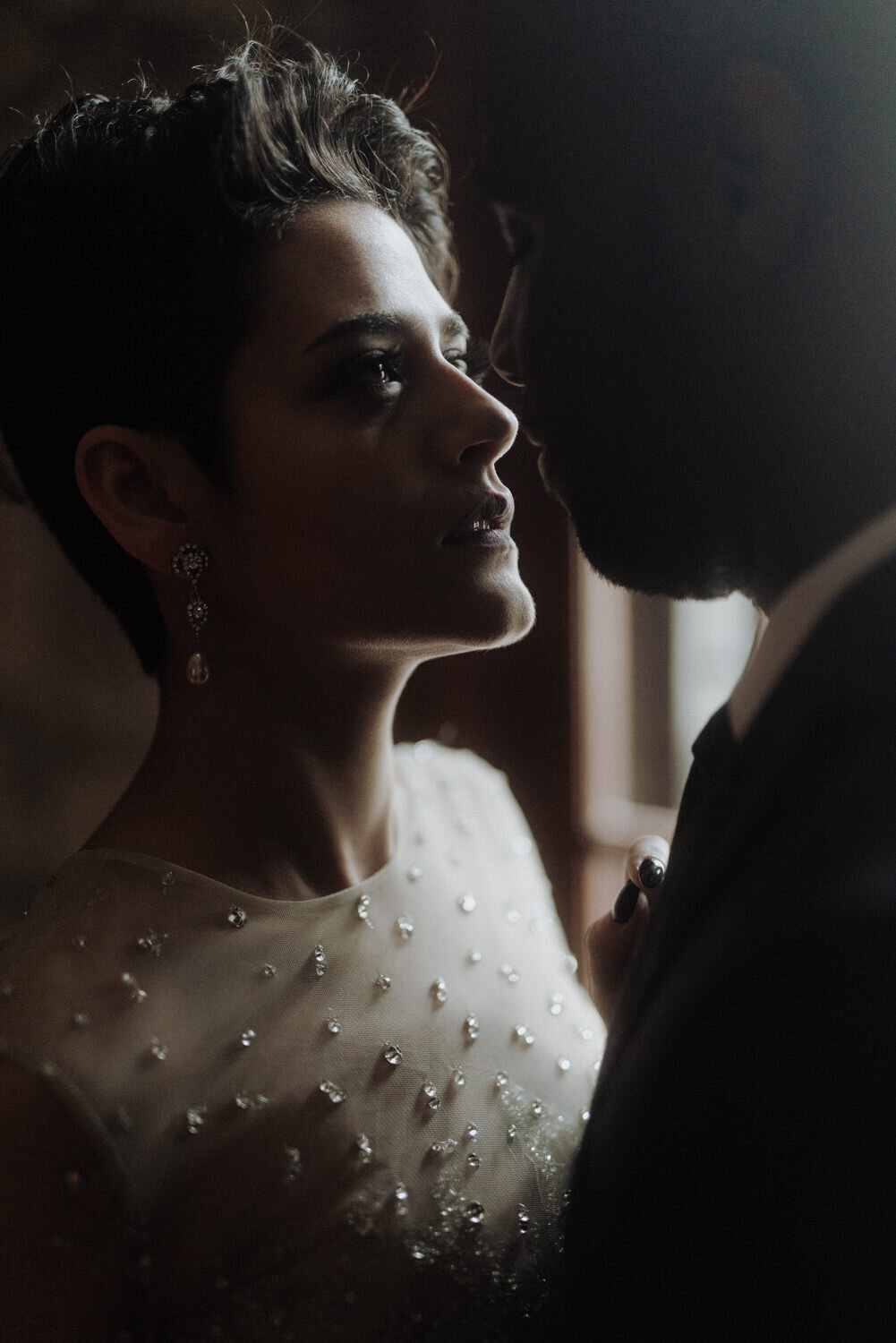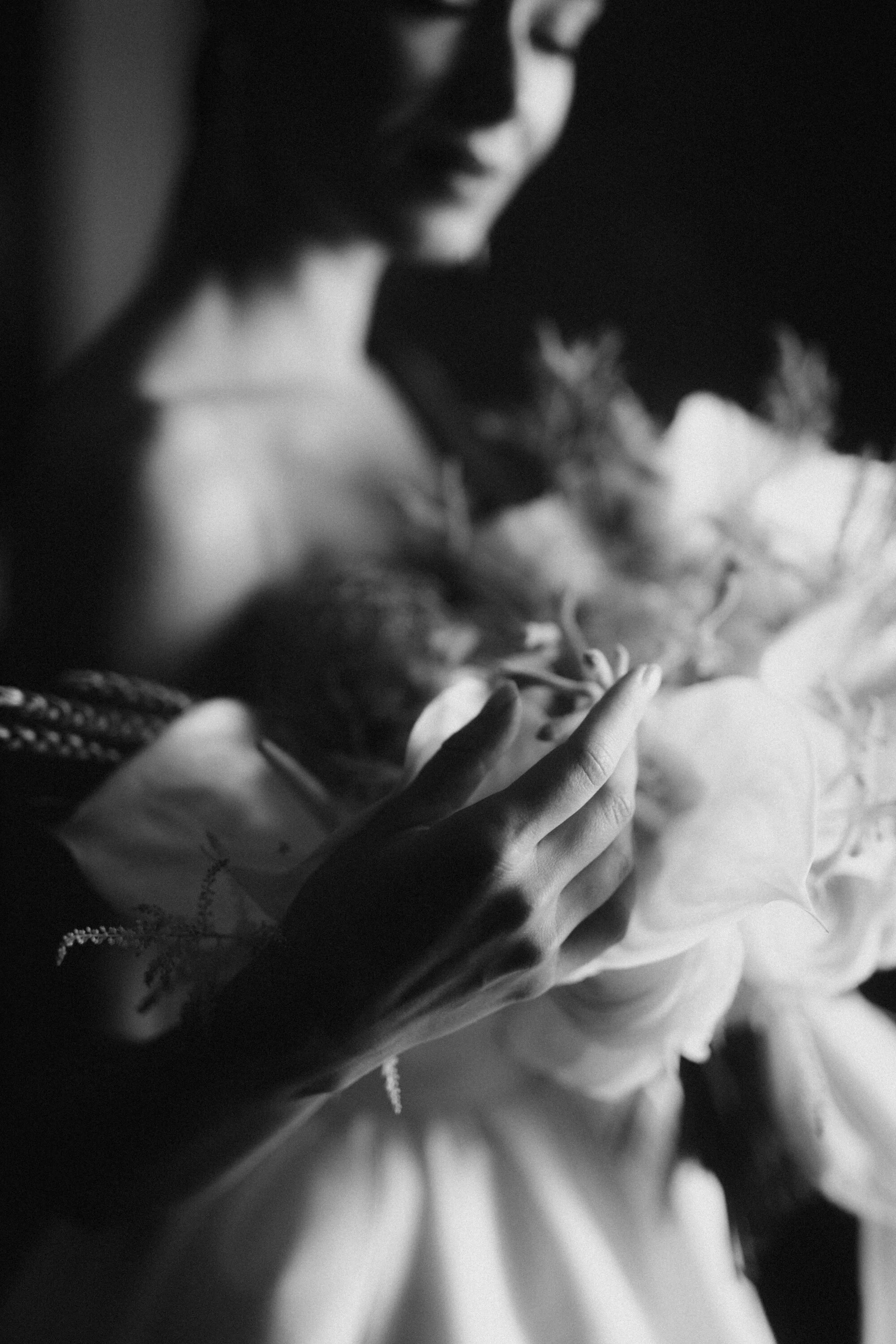Medium Format vs Full Frame - Hasselblad X1D II vs Phase One vs Sony
Introduction
What can you expect from this article?
Our genuine experience of using medium format in comparison to a full frame system – don‘t expect measurements, pictures of brick walls or scientific data. This is subjective and in the context of paid photo jobs that require us and our equipment to deliver top quality. The benefits and disadvantages of three very different systems and most of all, for which kind of scenarios those benefits matter. I see people choosing one over the other for the wrong reasons time and time again, so I will share my point of view.
We will show sample pictures in this article, but don‘t expect RAWs and don‘t expect a neutral examination. All photos seen in this post are edited with the True Romance Preset Pack (available here).
Let‘s start with a stand-alone intro to the medium format systems. That‘s what you came here for, right? Later we‘ll discuss the circumstances under which medium format sensors really play out their strengths, because – spoiler! - bigger is not always better regarding the sensor.
Medium Format vs Full Frame - Hasselblad X1D II vs Phase One vs Sony
The Hasselblad X1D (Mark II)
We first put the Hasselblad to use when we started shooting for the latest Hasselblad Masters book, 1,5 years ago. Now while we knew the form factor would be convenient, we were not entirely prepared for the difference in how to use the cameras to their full potential compared to our Sony system. You already read that it‘s slower and you already know that it isn‘t stabilized (right?!). Now as a matter of fact that camera is not just slower but it is night and day compared to what you are used from your full frame. More on that a bit later. So what did we like? First of all, this is the most beautiful and ergonomic piece I ever had in my hands. It fits like a glove, has slimmed down controls and is just pure beauty. Be sure to be approached by people on the street when they see that thingy. It is smallish, but not as small as a Sony A7 body and certainly more substantial and heavy than online pictures might suggest. Autofocus sounds like „wwwwwwwtttttt-wwwwwtttttt“ and when we shot the camera in the barely lit castle that the shoot was planned around, it felt like a dark awakening – pun intended.
We quickly realized that this is either meant for good light situations or flash. While we could have shot our Sony cameras in that light easily, conveniently and rapidly, the Hasselblad made us stop and think. We really had to set-up the shots more carefully, because you shoot medium format for image quality and we wanted it to be sharp. The sensor of this camera, as well as the one in the Fuji GFX 50s/r and Pentax 645z among others, is 5 years old. So this is old generation stuff? Not at all. Although we are used to the very powerful 42mp sensor of the Sony full frame, the 44x33mm sensor in the Hasselblad still has remarkable power – that goes for resolution as well as dynamic range. In fact the pictures felt sharper than what we were used to despite our expectation that this difference would be mostly academic. We broke more than a sweat trying to stick to the schedule with the additional hurdle of working with available light in a rather dark place. Now since then we have shot the Hasselblad on a lot of occasions including actual weddings, we have a long-term impression of its use which we will adress in the segments below.
The Phase One IQ3 100MP Trichromatic with XF Body
We planned a trip to UK, not only shooting a wonderful wedding in a medieval village, but also shooting another bunch of projects in the London area. When the case arrived and we opened it… well, chances are that you still dream of shooting a Phase One body every once in a while. At least so did I. The body is beautiful, the lenses are beautiful, it has a slick, industrial design and feels very sturdy, yet ergonomic. It‘s a strange feeling to hold a 47.000,- Body in your hand with a 7.000,- lens attached. But back in the day I felt the same when I bought my first ‚real‘ camera, a Canon 600D and we all learned by now that we get quickly used to holding beautiful gear in our hand after the initial WOW. This thing packs a huge sensor, far bigger than the Hasselblad and with substantially more resolving power, too. It has an OVF which felt oldschool to me being used to electronic viewfinders by now. The shutter sound is impressive… and not stealthy at all. Compared to the Sony and the Hasselblad it feels massive. Not necessarily a bad thing, but it becomes a bit burdening to carry around for long periods of time. The files ooooooze detail and color fidelity, although it takes even more precision to nail the shot compared to the Hasselblad. We used the beautiful Leaf Shutter lenses with that stylish blue ring and back in the editing cave we were really happy about what we saw.
Deciding for the right tool. Criteria 1: Control
Now we want to dive a bit deeper into the question „What is the camera system that gives me the best output?“. And above all, for me this is about being in control or more precise – light control. As a rule of thumb, I would say that the less control you have, the more you should ditch the idea of shooting medium format. To profit from the superior qualities of those sensors and lenses, you absolutely need to be in control of your outcome. We faced that realization very quickly when we first used the Hasselblad. Just dim available light coming through the windows while trying to capture a moving object was very very tough. You will not only lose the benefit of those larger sensors when you put them into the wrong conditions, but it‘s possible that your pictures will actually suffer and look inferior to your full frame output. On top of it, the operation speed of the cameras (autofocus and frame rate) will get in the way very quickly. It forced us to step back from our usual high volume shooting style and be very considerate about the motifs. It also meant that we had to reduce any movements to a minimum,
To be in control, a very obvious solution is to work with artificial light. Not only will you be able to keep your ISO down no matter what, but you will also be able to freeze the subject and have tack sharp pictures even with a lot of motion. The Hasselblad as well as the Phase One use Leaf Shutter which is beneficial in some situations. While this isn‘t that big of a deal when you start in dark places and light a scene with mostly artificial light, it becomes a bigger deal when being outside and trying expose the ambient light a bit darker and overpowering it to an extent with flash. Even at 1/1600 a Leaf Shutter will still fully perform with flash light while the HSS (High Speed Sync) of a Fujifilm GFX will for example chip away from the power of the flash. Also HSS means not being able to freeze a subject the way a regular flash does. You can only stop motion via your shutter speed when you use HSS. Probably some of you didn‘t know that – I didn‘t before I actually concerned myself with the benefits of Leaf Shutters.
Other typical situations that allow control and therefore favor the Image Quality benefits of Medium Format are for example Architecture, Landscape, Fashion (flash!), Product (flash!), Fine Art, Portrait (flash!). So the first question you should ask yourself is: How much light control do I have over the subjects I typically shoot?
Deciding for the right tool. Criteria 2: Pace
I have talked about the importance of control and the twin sister of it is what I call pace. What I mean is that you should consider how crucial working speed is for your photography to capture what you want to capture. A hands-on example from wedding photography: It is always more valuable to have a capture of the right moment with a bit lesser image quality than having a picture of the wrong moment with a bit better image quality. Sounds trivial? It isn‘t, because often enough we ignore aspect of pace when thinking about that potential beautiful image quality that will stand out from the competition (or from what we have created in the past or…). If a high volume of shots will mean a greater result, ditch the idea of medium format. The pace also dictates your requirement regarding autofocus capabilities of the cameras.
In theory you would have the possibility to use zone focussing for faster moving scenes, but with a few exceptions this is not a reasonable solution in most circumstances. Also the thin dof of medium format doesn‘t help in this regard. If you still decide to give it a go, I would personally recommend it with mirrorless systems like the Fuji GFX or the Hasselblad X1D, because the EVF makes it easier to see the focus zone.
I have heard that the Fujifilm GFX 100 has a decent ability to eye-focus. In general, movement becomes difficult especially when the subject is close. That difficulty vanishes to some extent if you shoot with a closed aperture like f11 or f16. In most circumstances that would require the use of flash. Just ask yourself: How much time do you allow yourself to nail critical focus? How much time does your subject allow you? Medium format in its current state of technology is still for considerate shooting.
The X1D (Mark I and II) while being small and handy, is still a slow camera and takes time to focus and operate. I consider it to be suited for street photography, but certainly not for the flashy and fast kind. The frames per second are slow (maybe 1 frame every 1 or 2 seconds in real life). The autofocus is very precise though. The Phase One is similarly slow and indoors, with a bit dimmer light, I needed the aid of the focus assist beam. Mind though that this camera is absolutely not created to shoot moving objects indoors with poor light. That’s just the way we roll, but rarely will someone using that gear face such a situation - just because the camera lives somewhere else.
Deciding for the right tool. Criteria 3: Image Quality
This is what you are here for, because if Image Quality wasn‘t your concern, you wouldn‘t even be reading about what sets MF cameras apart from full frame cameras. Medium format cameras are built to create state of the art image quality while sacrificing speed. If you want that one shot and you have time and control, you will be a very happy person when reviewing the files on your PC. We read all kinds of online measurements and reviews and statistics before using the Hasselblad X1D for the first time – and going from those measurements we expected the bump in image quality to be a 90% percent placebo effect. And now comes the kicker: Medium Format does indeed punch above full frame regarding image quality. That is from our experience and that is even visible with the ‚smaller‘ 50 megapixel MF sensor. While many of you will value sharpness highly, it is a mostly irrelevant factor for our work for the simple reason that our clients mostly receive pictures in an album with the occasional wall-art. But we don‘t print huge as in 1,5m upwards or something along those lines. So the 42mp (and 24mp) of our Sony are already sufficient.
The benefits of MF – for us - lie in the rendering of the pictures and the transition between light and dark. We work with a lot of dramatic light in our pictures which you already noticed in the sample pictures, so this is a perk that is really powerful in actual shooting. The Hasselblad X1D has a remarkable ability in displaying a scene true to the human eye. Sometimes when we go for a walk, we say „This looks like a Hasselblad picture!“. We are strange people…
The Phase One 100mp sensor picks up a beautifully delicate color palette and has vast resolving power. It is indeed superior to what we are used from the full frame sensor. The files are lush and a joy to edit - the samples on this page have been edited with Lightroom. While Hasselblad‘s software handles the files beautifully from a visual standpoint it just lacks the smoothness and operational maturity of Lightroom or Capture One (library system? eh…). Add to that that we shoot medium format alongside our Sony system and it makes a lot of sense to unify everything within one software - Adobe Lightroom or Capture One. It is remarkably inconvenient to deal with a slow software without a library system.
Deciding for the right tool. Criteria 4: Ergonomics / Joy of use
The less obvious, but not meaningless, aspect of deciding for the right tool is how much you LOVE it. Ask analogue photographers if they wouldn‘t rather use that plasticky DSLR and you are in for a treat. You look at the camera or hold in in your hands and you can‘t help but feel inspired? That‘s a goddamn selling point and don‘t let other people tell you that you are delusional. It is part of the experience and I had cameras in the past that I loved to use against all rationality. Just because they inspired me to grab them, go out and shoot. This is certainly way more the case for me with those beautifully crafted Phase One and Hasselblad cameras than it is with Sony. They feel more sturdy, more ergonomical, they sound differently. The build quality of both the Hasselblad X1D as well as the Phase One XF body is absolutely second to none and you feel the value in your hands, heavy but smoothly aligned to the shape of your hands. Even with the heavy weight of the Phase One I was always confident to have a tight grip.
If you look at the Hasselblad X1DII on pictures, it may seem to be a tiny camera, but having it in front of you it feels more substancial and heavy than what you are used with your Sony/Nikon/Canon/etc mirrorless cameras. For a lack of a better word, I would call the feeling “dense”. It just feels solid and good. Many of you will not be carrying a camera in their hands for 10 hours without breaks and for those the factor of weight will not be very worrisome. For wedding photographers it is always a greater joy to go very lightly. It also changes the way you photograph, because after 8 hours, you will feel a greater exhaustion if you have carried a heavy system, no matter how strong you are.
This is one area where I can truly see the beauty of Leica full frame cameras. You pay a premium (absurd or not is for you to decide), but you get another level of build quality. Now Sony is about price-performance-ratio and in my opinion is unmatched in this regard. It means that corners are to be cut in regards to materials. That said we have used the cameras for years now and they have never let us down even once. So this is less about the usability as it is about the joy of use.
Sony vs. Hasselblad vs. Phase One
The Verdict
Now if you came here to read which one is the „best“ camera, you might be disappointed that this is really an apples to oranges comparison. While the Sony system is certainly the most versatile and affordable while still delivering a good image quality, the Phase One delivers uncompromising image quality without the mobility and quickness of a full frame. It was a special treat to use the Phase One IQ3 with flash light, because we could close the aperture and make full use of the incredible image quality and resolving power of the sensor – not being limited by what daytime it is or what light comes through the window.
The Hasselblad seems to sit in an odd middle spot at first glance, but it isn‘t so odd in reality. The X1DII packs the beautiful rendering power of a smaller medium format sensor while still being very portable and convenient to hold in your hands. Make no mistake though – that camera is not fast and even with the newest iteration of the X1D Mark II it is still leaps and bounds behind any modern full frame camera. It is a camera you will bring on vacation, while the Phase One could be the top pick if weight is not that big of an issue. I heard of some men who laugh about the weight of their Canon 1DX cameras – those probably won‘t mind too much, because those are in the same ballpark.
Use discount code MEDIUMFORMAT for 20% off on the True Romance Preset Pack.
You love rankings, do you? Even if not, here we go:
Versatility
Sony Alpha
Hasselblad X1D II
Phase One
Image Quality / Editing Convenience
Phase One / Hasselblad X1D II
Sony Alpha
Operation (AF-speed, handling, noise, weather sealing)
Sony Alpha by FAR
Hasselblad X1D II / Phase One (operating speed and functionality is similar)
Ergonomics (Design, Joy of Use)
Hasselblad X1D II
Phase One
Sony Alpha
About the author: If you don‘t care who writes this, you can skip this. We are a photographer duo from Germany, Ronja and Victor, working under the alias Muse & Mirror. and specialized in but not limited to wedding photography. We started wedding photography in 2015 and used mirrorless cameras from the get go – back in the day the now ancient Fujifilm X-T1… oh, the memories. A while later we became Fujifilm Ambassadors. By the end of 2016 we ditched the Fuji system and switched to Sony A7 series. Some time later we became Hasselblad Masters. We are no contractors of have any obligations in regards to public opinions. Just so you have an idea of the different connections we have to the brands involved in this article. That said, we are not fan boys/girls but working professionals who choose the perfect tool for the job above anything else.


